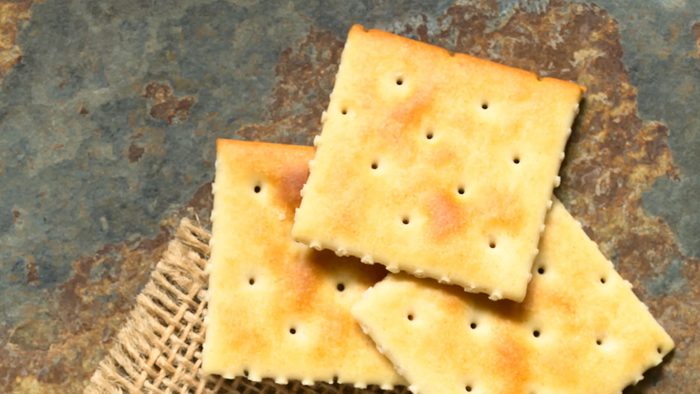
Military diet
Dietitian’s and nutritionists hope the Military Diet, which allows fewer than 1,000 calories per day and emphasizes processed foods such as hot dogs and saltine crackers, disappears in 2018. The diet promises 10 pounds lost in a week and is super specific about what to eat at each meal. For example, one breakfast includes five saltine crackers, one slice of cheddar cheese and one small apple. It’s only three days long, so it’s certainly not teaching long-lasting lifestyle changes. Michelle Loy, MPH, MS, RDN says the cons (short term, some low-quality processed foods, and inadequate fibre, vitamins, and minerals) outweigh the few pros (teaching portion control and including a few fruits and vegetables).
Her advice: “The Military Diet would need a major makeover to be considered healthful, so I’d recommend sidestepping this one for good!”
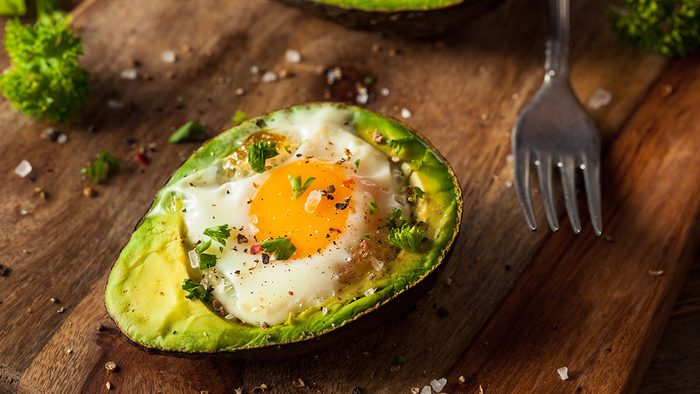
Ketogenic diet
Super hot this year, the Ketogenic Diet consists of 75 per cent fats, 20 per cent protein, and only 5 per cent carbohydrates. The metabolic goal is to utilize the fats as energy (and ketones, one of their biochemical byproducts) instead of glycogen (stored glucose, or blood sugar). After about four days of inadequate carbohydrate for fuel, the body shifts to a state of “ketosis” (burning fat instead of stored glucose) which can be verified through a simple blood or urine test. Weight loss will occur on a Ketogenic Diet, but it’s not sustainable.
According to Petra Colindres, MA, RDN, multiple nutrient deficiencies (notably fibre, vitamins, and minerals) exist on the keto diet, and the scientific research just isn’t there yet. Ketogenic diets have shown promise for paediatric epilepsy and is being studied in conjunction with other diagnoses as well. But, for long-term weight management, Colindres states keto can’t even be tweaked to be healthier.
This is the absolutely best diet for weight loss – and it’s not keto!
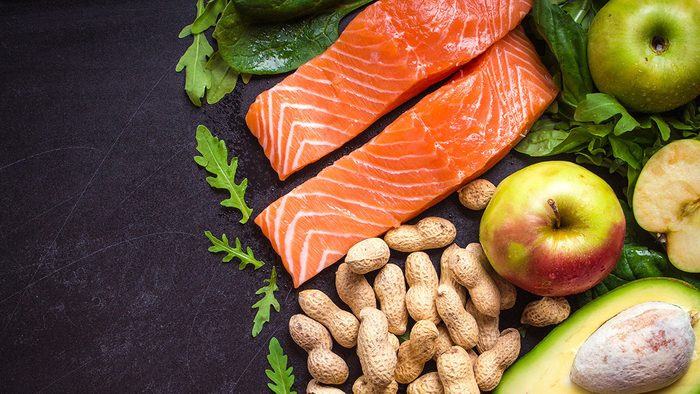
Paleo diet
Registered dietitian nutritionist Sharon Palmer, MS, RDN, cannot believe the paleo diet is still going strong, “The emphasis on meat and avoidance of grains and legumes is unsustainable for the health of people and the planet,” she says. Paleo diets encourage high intake of red meats and animal proteins, and the elimination of dairy, grains, legumes, and many fruits. Naturally low in calories and carbohydrates, the diet will help with weight loss but there are potential health consequences. We’re talking anything from fatigue, headache, constipation, and mood swings to increased risk of heart disease and certain cancers. It’s time to set paleo aside and embrace healthy foods from all food groups.
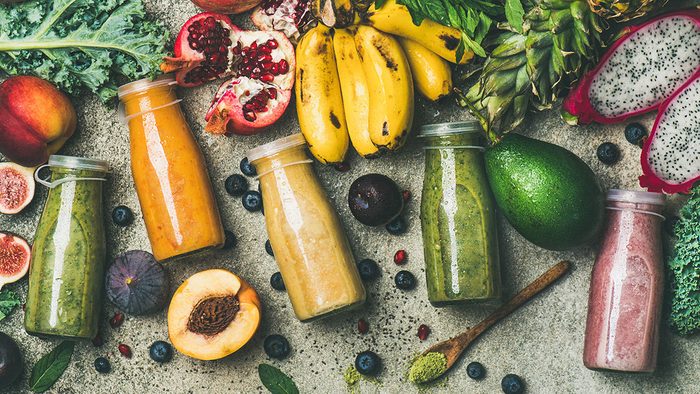
Clean eating
“Clean eating” gets over five million hits on Google, but dietitians are not on board with the idea that some foods are dirty or unhygienic. Although clean eating began with good intentions – focusing on whole foods, cooking at home, reading food labels — it has evolved and morphed into a fixation with perfection. Part of the problem is that the definition of “clean eating” varies widely. If the goal is back to basics and whole foods, that’s worthwhile. But some clean eating followers take it further and avoid any packaged or processed foods, or ingredients they’re unable to pronounce. Obviously, that doesn’t rule out all unhealthy or even dangerous ingredients.
Denine Marie, MPH, RDN believes the pristine images from foodies on social media neglect the messy and pleasurable aspects of eating in everyday life. She states, “This unique American perspective contrasts with other healthier and longer-living cultures that don’t emphasize aesthetics and perfectionism when eating.” Perhaps most problematic, clean eating evokes a sense of fear and obsession. Focusing on fruits, vegetables, whole grains, legumes, nuts and healthy fats rounds out a healthier perspective on eating.
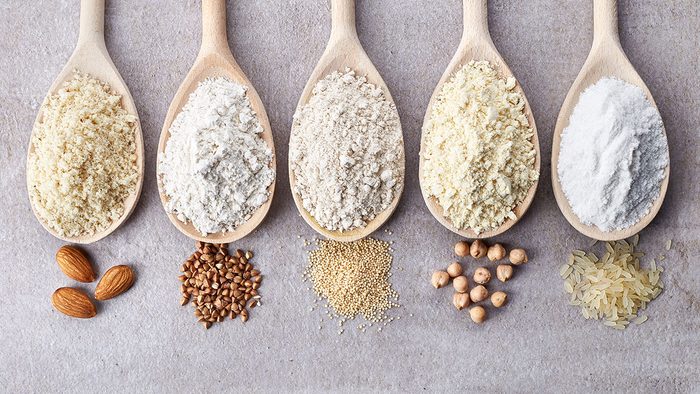
Gluten-free diet
Certainly, a gluten free diet is appropriate for people with celiac disease or known gluten sensitivity, but otherwise, it’s not necessary, according to Jaymar Saniatan, RDN. Gluten is a protein naturally found in wheat, barley, and rye, and some food additives. Eliminating it from your diet doesn’t automatically reduce calories and induce weight loss because those calories are typically replaced by other gluten-free foods. Some gluten-free foods contain more calories than their gluten-full counterparts. In fact, true gluten-free diets need to be monitored with RDNs, as they can be deficient in nutrients (many B vitamins, fibre, and iron). While it’s not a bad idea to steer clear of refined carbohydrates that contain gluten (think cookies, doughnuts, and pastries), it’s unhealthy to avoid high fibre carbs that contain gluten (such as whole grain breads and cereals).
Lauren O’Conner, MS, RDN, RYT agrees, “Gluten-containing whole grains help balance our diets with important nutrients and variety.” To date, scientific data does not support gluten-free diets as a treatment of obesity.
8 desserts you didn’t think you could make after going gluten-free.
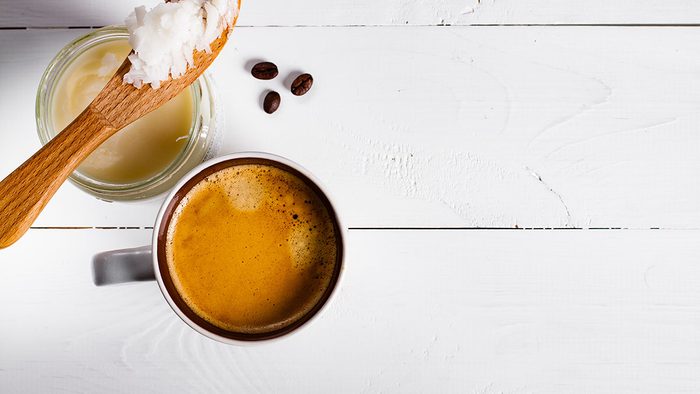
Bulletproof coffee
Super trendy and made with coffee beans from Tibet, bulletproof coffee claims to be the answer to weight loss. Bulletproof coffee began as a beverage and has evolved into food products and cafes. What is bulletproof coffee? Basically, it’s a mixture of special low-mold coffee beans, grass-fed butter, and oil made from medium chain triglycerides (MCT). Yes, butter and oil in your morning java. These additions boost the calorie content of your cup of joe to more than 400! Bulletproof coffee boasts satiety (obviously, from the high fat content), improved cognition (from the trademarked “Brain Octane” oil, aka MCT oil), and enhanced energy. Who wouldn’t want to “build a better brain in 14 days,” as the website touts? Dietitian Leslie Bonci, MPH, RDN, states “foods provide the chew we don’t get in our brew,” raising the point that chewing our calories is significantly more satisfying than drinking them. Instead, opt for healthier fats – avocado, nuts, nut butters, and olive oil – which provide satiety with their “chew factor.”
To boost your metabolism add this one ingredient to your coffee.
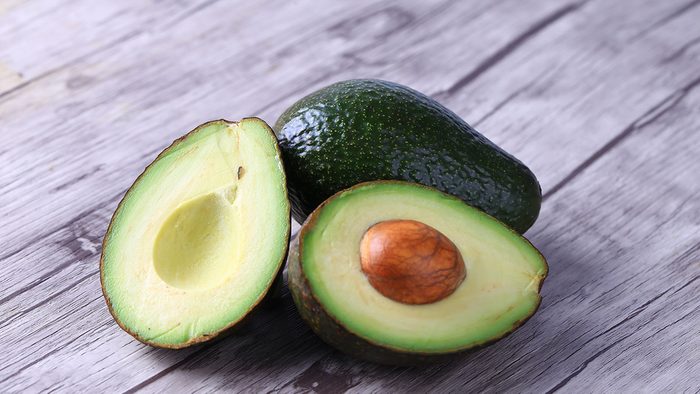
Reduced fat avocado
Brand new to consumers via Spanish farmers, the reduced fat avocado makes the list for trends dietitians wish would go away. Diane Norwood, MS, RDN, calls Avocado Light “unnatural and unnecessary.” Always encouraging clients to eat whole, minimally processed foods, this avocado — with 30 per cent less fat — is confusing. It’s like the agricultural engineers missed the point of the avocado. Norwood states, “Fat is not to be feared. The most beneficial part of the avocado is the monounsaturated fat that it provides.” These healthy fats contribute to delicious taste and mouthfeel, and they also help reduce risk of heart disease. The calories in avocado are filling and satisfying. Your best bet is to go for the original avocado and reduce the amount of salty chips you dip into it.
The surprising health benefits of avocado that may change your life.
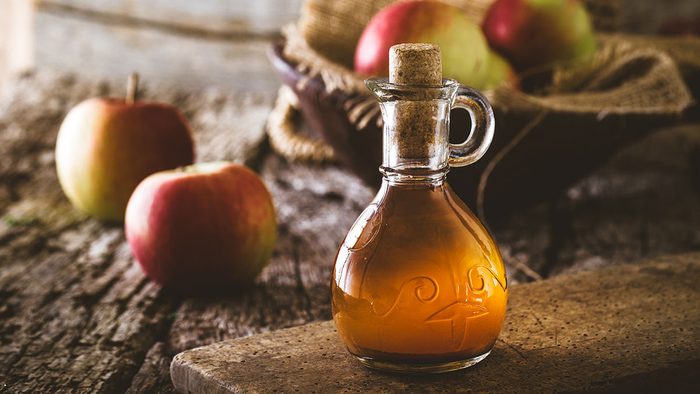
Apple cider vinegar
Popular websites claim apple cider vinegar cures every ailment you can imagine — from obesity to arthritis to chronic fatigue to acne to influenza, and the list goes on. Claims of apple cider vinegar breaking down fat tissue abound on the Internet. Ingesting a spoonful of apple cider vinegar is unlikely to cause any harm, but your gastrointestinal tract isn’t where your fat tissue is stored, so dissolving it doesn’t make sense. One of the few published scientific studies related to apple cider vinegar and weight reduction included 22 other herbal supplements, making it impossible to determine which contributed to the moderate weight loss (8.7 pounds) seen among healthy volunteers. If you choose to gulp down the ACV, do it for all the ways apple cider vinegar benefits your health.
This fire cider brew is the perfect concoction to kick that hangover to the curb.
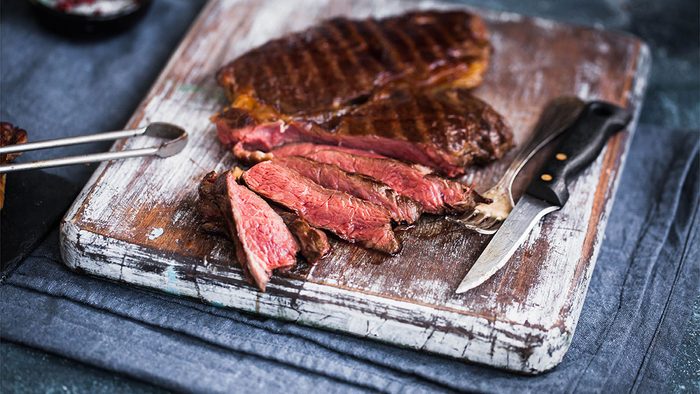
Tom Brady’s diet
Quarterback of the New England Patriots Tom Brady revealed his eating plan and it’s taken off. Basically, Tom promotes an “80 per cent alkaline and 20 per cent acidic” diet to enhance athletic performance and reduce inflammation, but takes it a step further. His diet bans white flour, sugar, MSG, coffee, caffeine, fungus (mushrooms), nightshade vegetables (tomatoes, peppers, potatoes, and eggplant) and dairy products. He eats whole grains, certain cuts of grass-fed beef and duck, wild caught salmon, vegetables, about 25 glasses of water daily (with added electrolytes), protein powder supplements, and the occasional fruit. As for fats — olive oil on uncooked foods and coconut oil in cooking, due to Tom’s belief that heated olive oil produces toxins.
All foods must be organic. It’s a pricey fad diet, but then again, Tom has a personal chef too. Lauren Harris-Pincus, MS, RDN admits there are some positive aspects to Tom Brady’s diet, but it’s restrictive, and cuts out many foods without scientific basis. She points out that the Arthritis Foundation doesn’t endorse the claim that nightshade fruits and vegetables contribution to inflammation.
This is how your diet may help lower your risk for breast cancer.
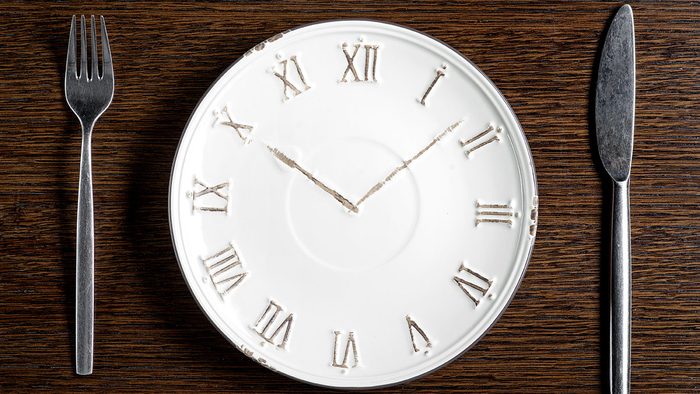
Intermittent fasting
Obviously, fasting means not eating at all. Intermittent fasting (IF) means not eating at certain time intervals. In fact, there are at least five different timing plans under the umbrella of intermittent fasting for weight loss. Melissa Groves, RDN, explains, “Theoretically, increasing the amount of time the body spends in the “fasting” state (versus the “fed” state) should increase the body’s ability to use stored fat for fuel. However, there is currently no evidence showing that intermittent fasting is any more effective for weight loss compared with overall caloric restriction.” It seems intuitive that eating less results in weight loss, but intermittent fasting proponents also claim improved gut health, increased energy and longer life.
Some cautions: Rebound eating, or overeating during the eating times, is a real thing that defeats the purpose. Best take-home message: Stick to set meal times and foster a mindful eating approach, rather than snacking or grazing all day and all night.
Here’s every question you have about intermittent fasting — answered.
